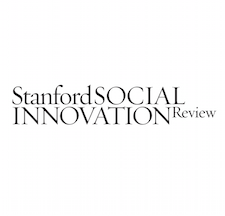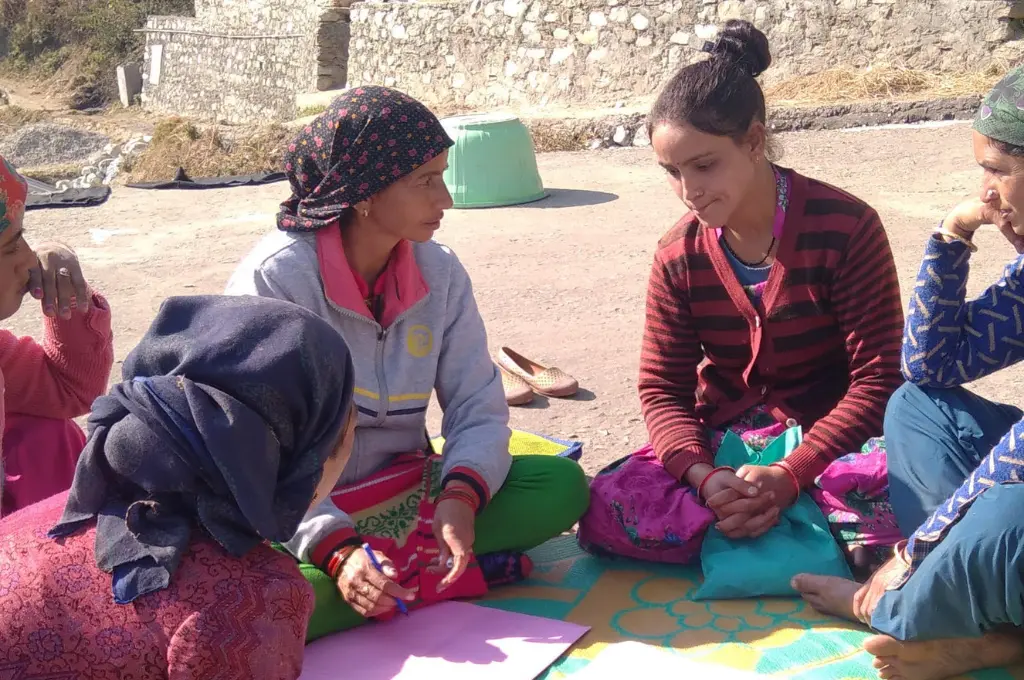At a 2017 event hosted by The Wellbeing Project (TWP), Gabriela Gandel, executive director of the social entrepreneur network Impact Hub, expressed the need to address dysfunction and high rates of burnout across the social change sector, through the development of well-being at the organizational level. Her comments resonated with everyone in the room and led TWP to engage with hundreds of people who echoed a desire to learn how social change organizations can develop well-being initiatives.
We continue to hear a strong desire for greater organizational well-being in the social sector, but the need is also plain to see. Institutional dysfunction has been making headlines globally for years, most recently in a series of open letters to the board of Planned Parenthood. The letters outline how financial wrongdoing, abusive and discriminatory behavior, disregard for staff well-being, and a culture of silence has resulted in the erosion of accountability toward the organization’s mission and values.
This is an excerpt from the article Integrating Individual and Organizational Well-Being by Alana Cookman and Gayle Karen Young Whyte.
This article is a part of a special series on the connection between inner well-being and social change, in partnership with The Wellbeing Project, Stanford Social Innovation Review, Schwab Foundation at the World Economic Forum, and Skoll Foundation.





